The .500 x 3” nitro express, in the opinion if many professional hunters, is the perfect cartridge for dangerous African game and the Westley Richards 1897 patent hand detachable lock action is the perfect platform from which to fire it.
The principle of the close range double rifle is that it has to move fast and instinctively. At close quarters, the hunter often needs to shoulder it like a shotgun, acquire his target and fire, in one fluid movement.

Westley Richards has been building this kind of hunting weapon ever since European explorers first set foot on African soil and began to encounter rhino, elephant and buffalo; animals not easy to stop when charging. Over the years, the rifles got lighter and the ammunition more powerful.
The .500 Nitro Express was developed here at Westley Richards, using the 3” case of the old .500 Black Powder Express and loading it with Cordite and a .570-grain jacketed bullet.

Travelling at 2,150fps, it even out-performed the, then more popular, .450 Nitro Express, delivering about 20% more energy and a point-blank range of 197 yards. Of course, that far exceeds typical hunting distances for the kind of dangerous game stopping role for which it was preferred.
Now, as then, the .500 NE proves that the Victorian gunmakers of Britain very quickly worked out the best balance for rifles, cartridges and the needs of the sportsman. It is arguable that, despite the periodically fashionable wildcat cartridges to have have emerged since the Second World War, the best of the bunch were created before the Great War.

Among those, the .500 NE is a giant. The rifle, however, at 11lbs 8 1/2oz, though sufficiently weighty to tame recoil, is handy enough for a fit man to shoulder and fire rapidly in anger.
The entire build is focused to that end. The stock profile, the grip shape and angle, the weight distribution, the setting of the front and rear sights. Every part of the build is painstaking and focused on perfection, but not one craftsman loses sight of the goal.

For a minute, forget about the beauty and quality of this rifle and imagine yourself in thick bush with a wounded buffalo likely to charge from behind a bush at any moment. What you have in your hands is confidence; a rifle that you know will do its job if you do yours. Not only that, but it has been made to give you the best chance of performing at your best when that moment arrives.
Having assured yourself that the tool in hand (for in essence a rifle is a tool after-all) is the best you can buy, examining the elements that make it so and elevate it beyond practicality into the realm of beauty, we are reminded of Plato’s assertion that nothing useless can be truly beautiful. Nothing on this rifle is useless.

The finish, of hand-applied natural oils, may enhance the beauty of the highly figured walnut stock and forend but it also locks out the weather and provides a resilient protective finish that will live and adapt as the rifle ages.
The intricate case colours hint at the protective shell of hardened steel that encases the action. Even the engraving serves to deflect light and somewhat camouflage other wise bright steel, once the original colours have worn with extended use.

The safety is manual, so the hunter must choose to disable his rifle, this may take a fraction of a second off the rapid reload and fire time necessary to beat a dangerous opponent to the punch.
Even the articulated front trigger allows for trouble free changing from one shot to the next and mitigates the chance of a bruised trigger finger.

A look at the meeting between Anson & Deeley action (the Taylor patent locks cleverly allowed the A&D mechanism to be removed without tools but the component parts are the same) shows what we in the Birmingham trade always called a ‘fancy back’.
The back of the action does not join the wood in a straight line, but in a scroll. This is not merely attractive and more complex to fit, it gives multiple grip points and makes the juncture much stronger and less prone to movement.

Having focused on the practical attributes of the rifle, we should also acknowledge the exemplary standard of fit and finish and the artistic expression visible in every element of its construction. The full coverage traditional scroll engraving does its job of creating a life-long, attractive finish to what would other wise be areas of plain steel, the fine line chequer provides grip and also frames the beautiful figure in the walnut.


Blacking and bluing of steel parts, including barrels and furniture, repels water ingress, deters rust and gives lustrous visual contrast to the blues and and greens of the case colours.

In may respects, this .500 represents very well the pinnacle of double rifle making, as perfected at Westley Richards over the last century and a half. We do not, however, settle or rest in the belief that our work cannot be improved.
We strive every day to ensure the next gun or rifle we make is a tiny fraction better than the last.

Whether for the discerning collector or the avid sportsman, Westley Richards firearms represent the epitome of excellence in the world of bespoke gunmaking. Known for the droplock shotgun, over and under shotgun, double barrel rifle and bolt action rifle, the company has achieved an illustrious 200 year history of innovation, craftmanship and artistry. As part of our best gun build, clients can choose from three levels of gun engraving: the house scroll; signature game scenes; and exhibition grade masterpieces. All Westley Richards sporting arms are built at their factory in Birmingham, England. Discover more about the gunmaking journey at our custom rifles and bespoke guns pages.












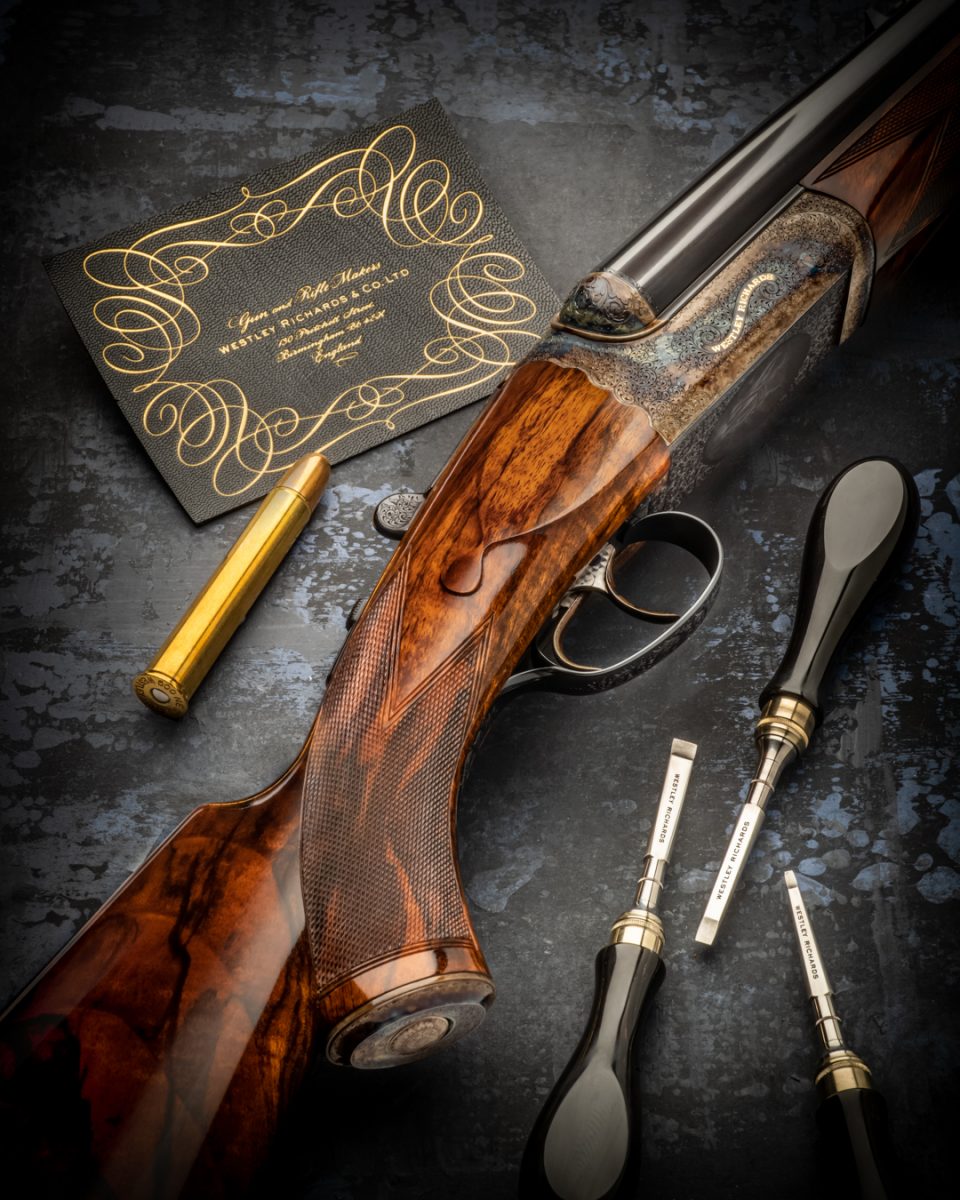

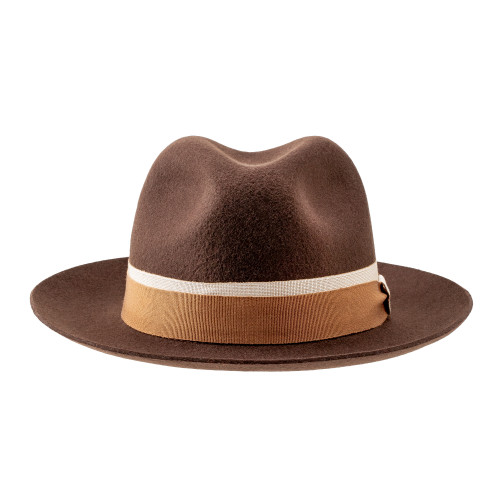

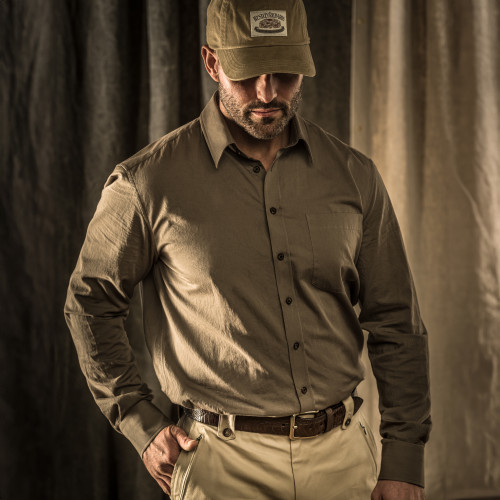
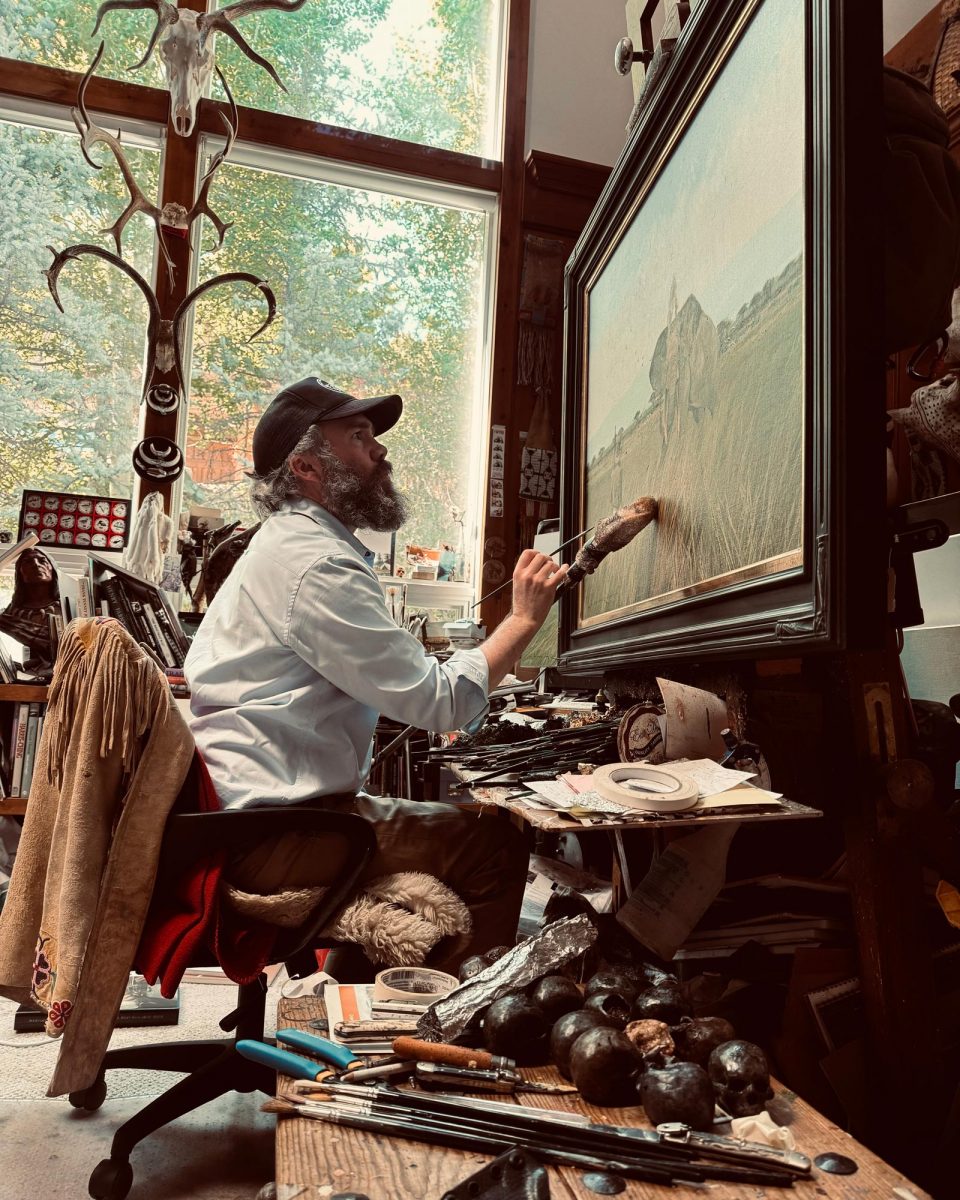
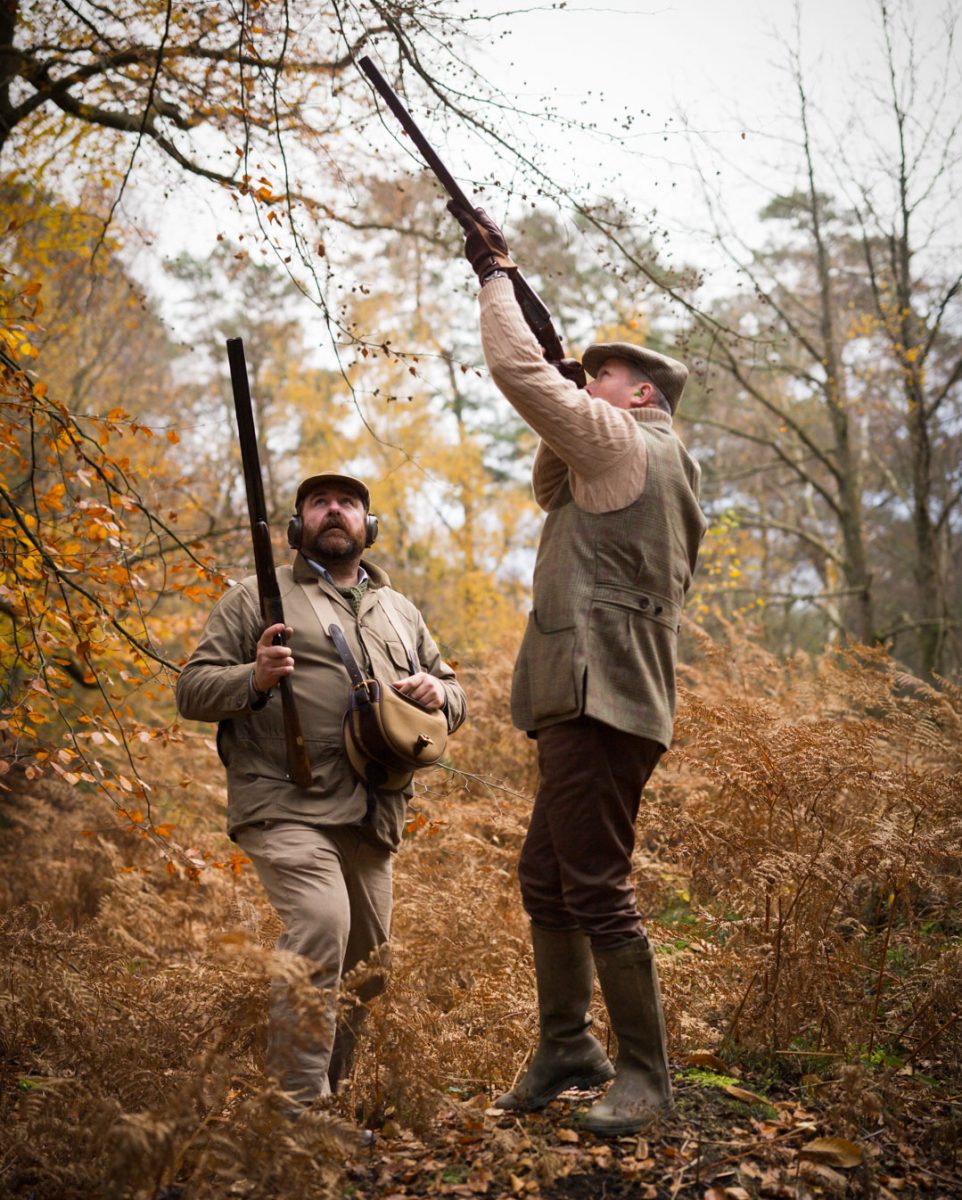



neil mcveigh on October 1, 2024 at 8:23 am
It's a beauty and I am insanely jealous!The gunmakers as usual have excelled themselves and I wish the new owner loads of fun notwithstanding my envy.